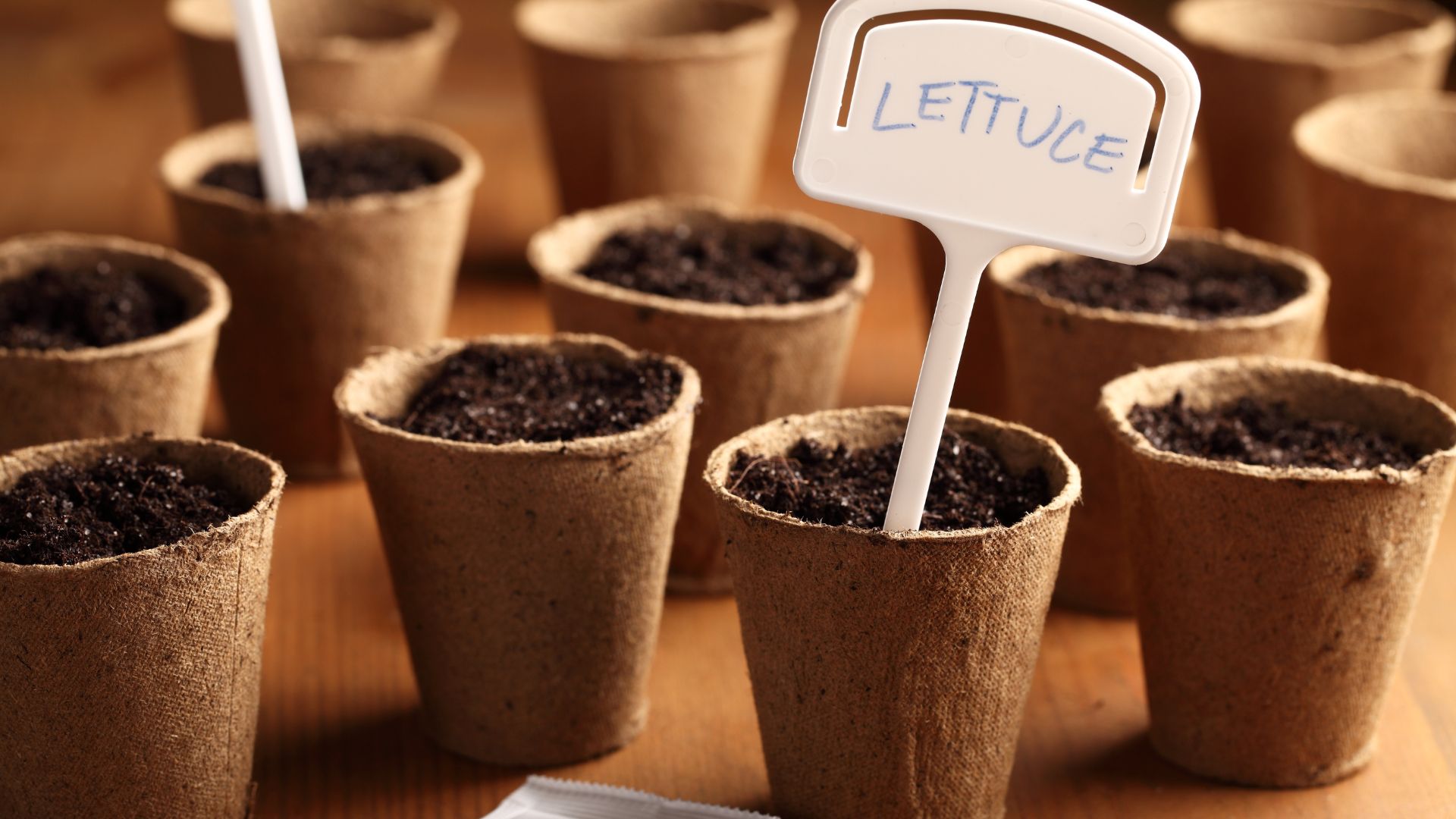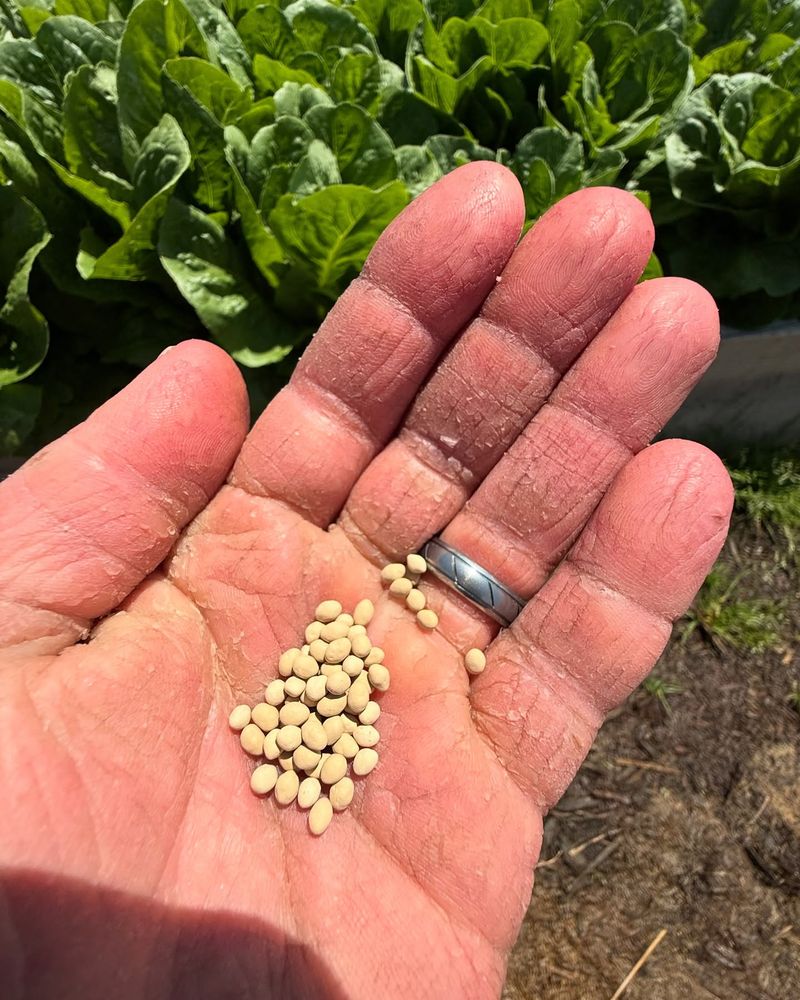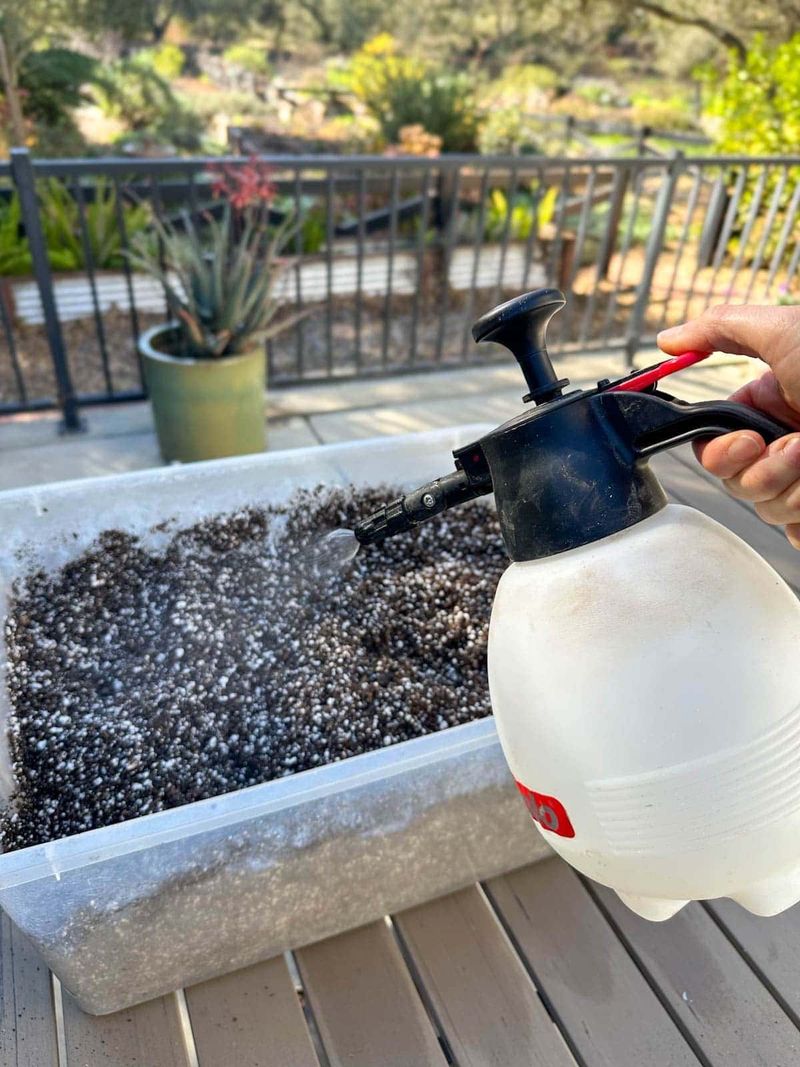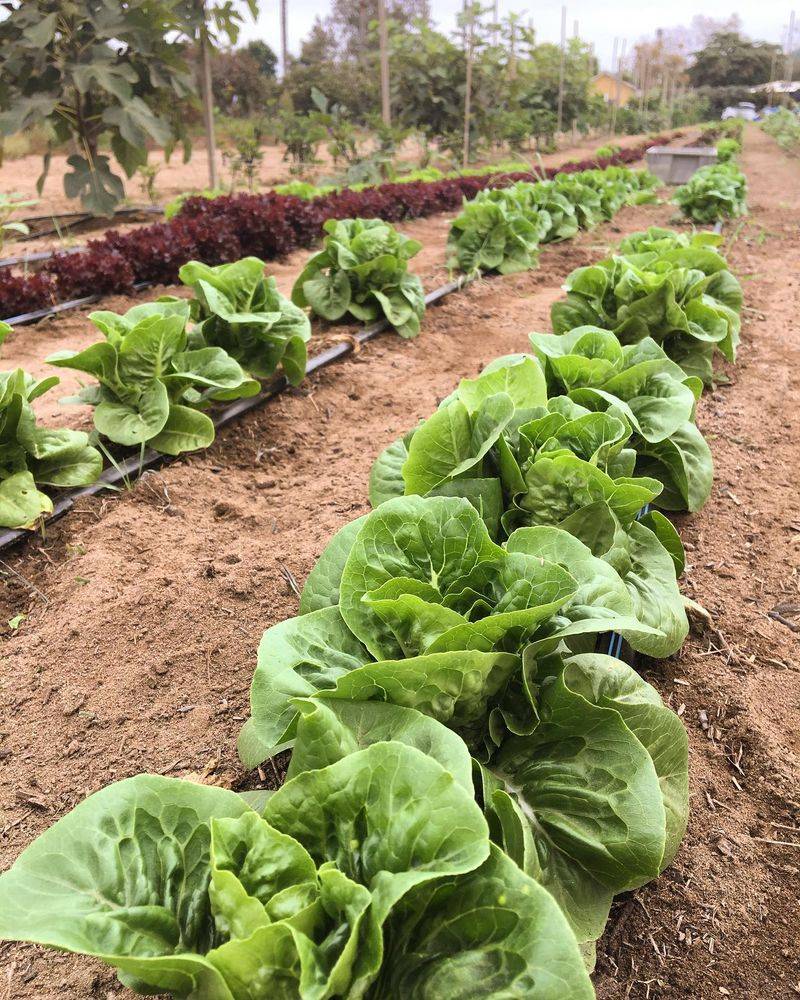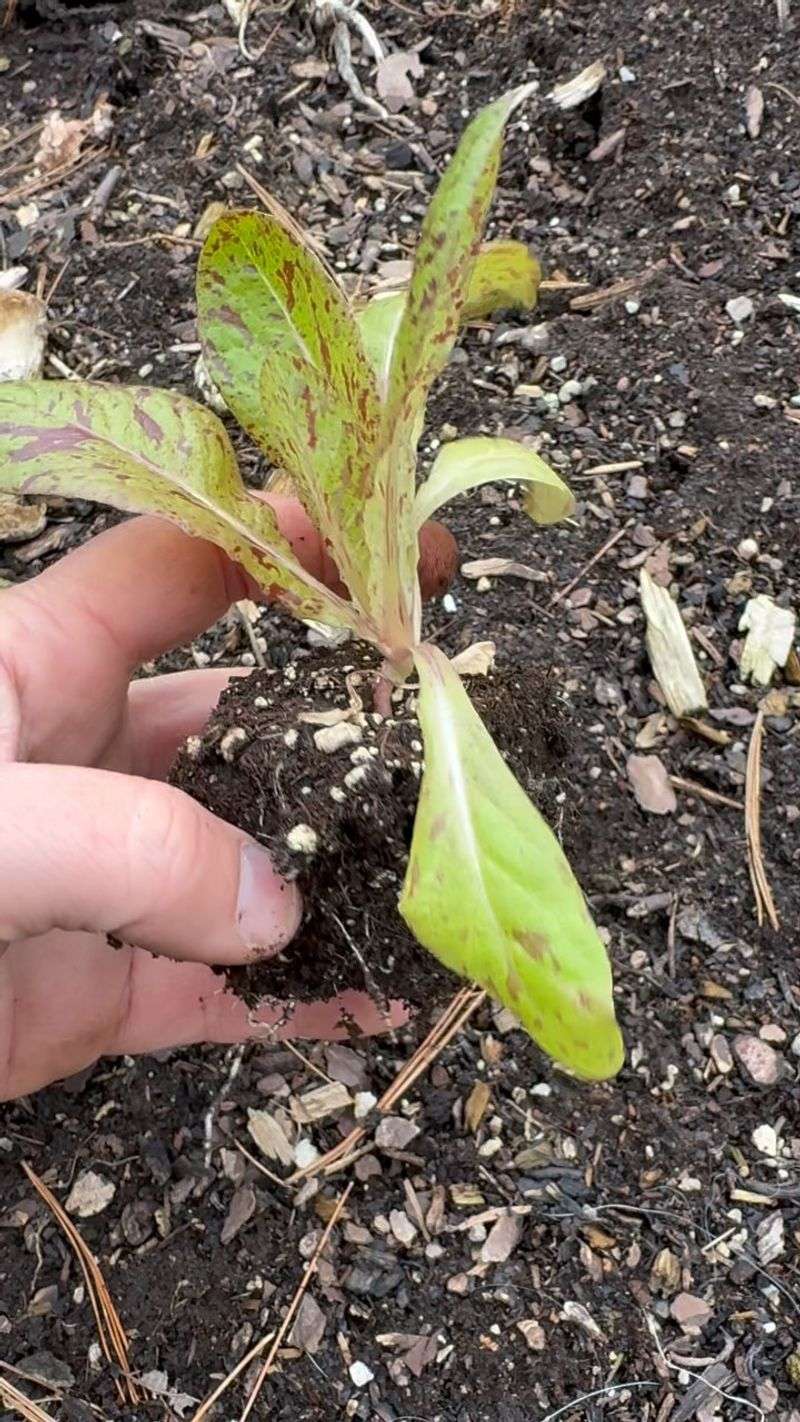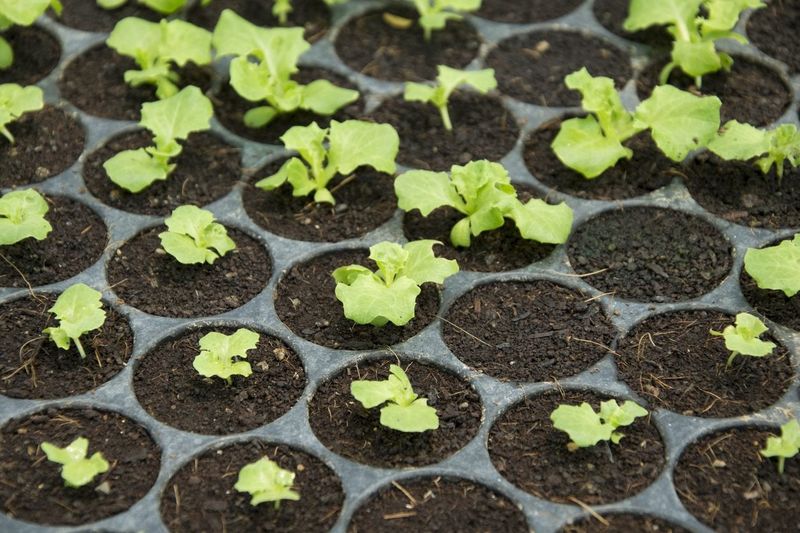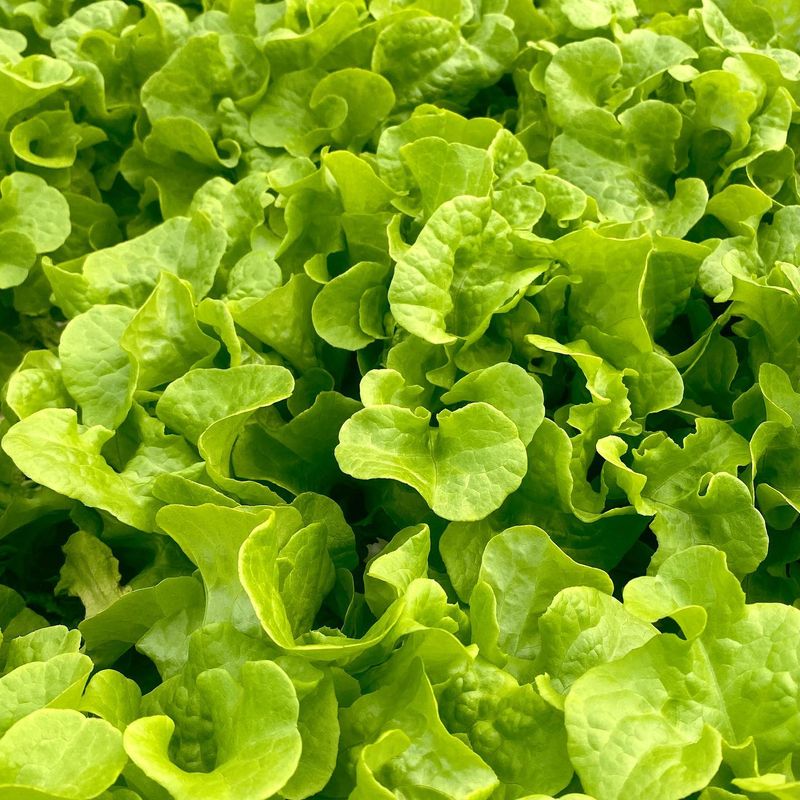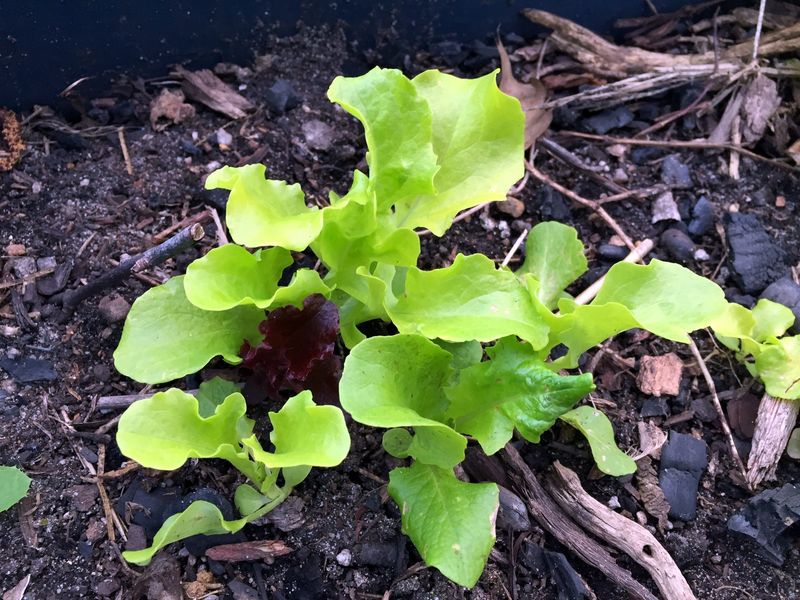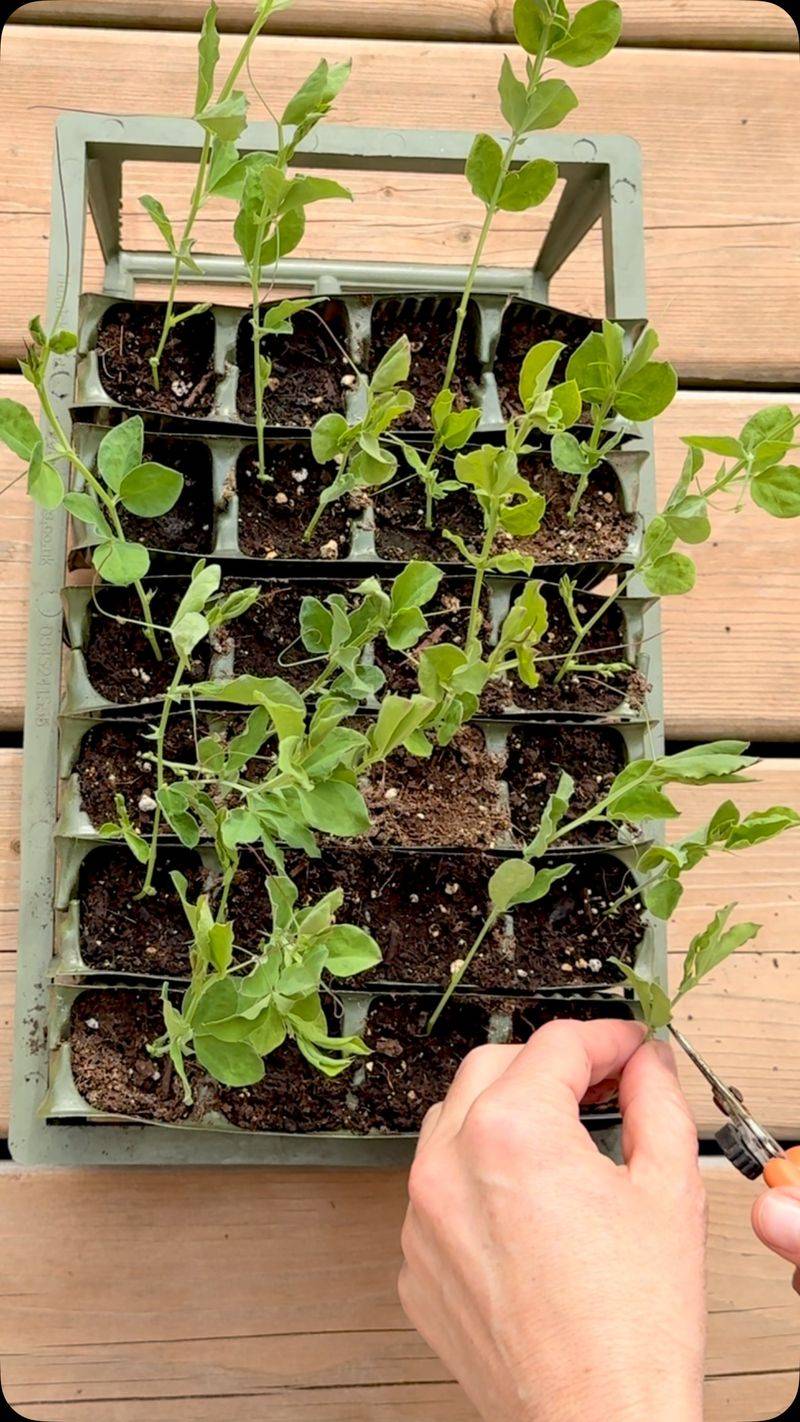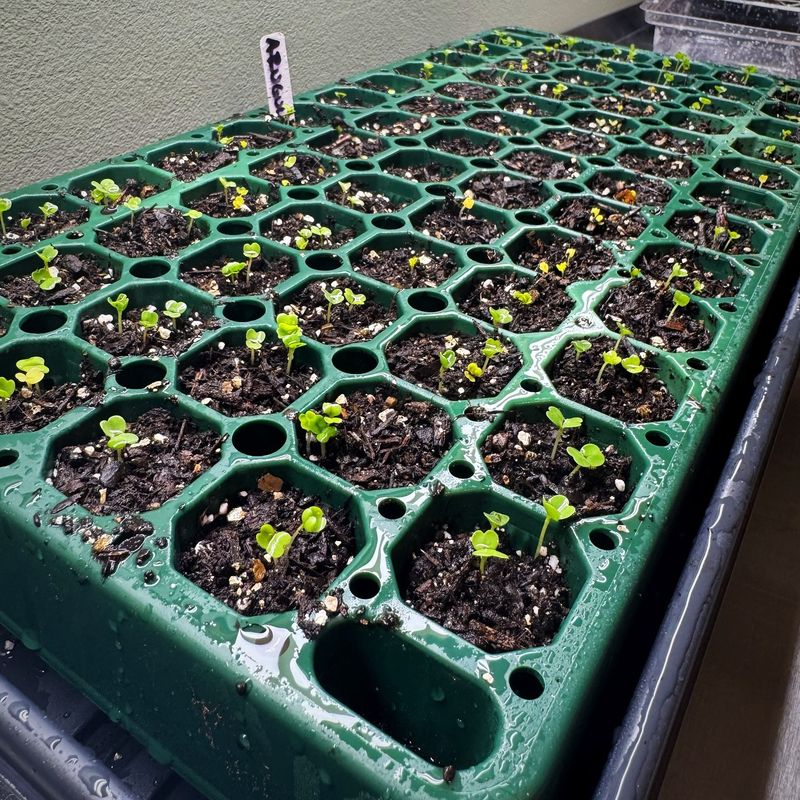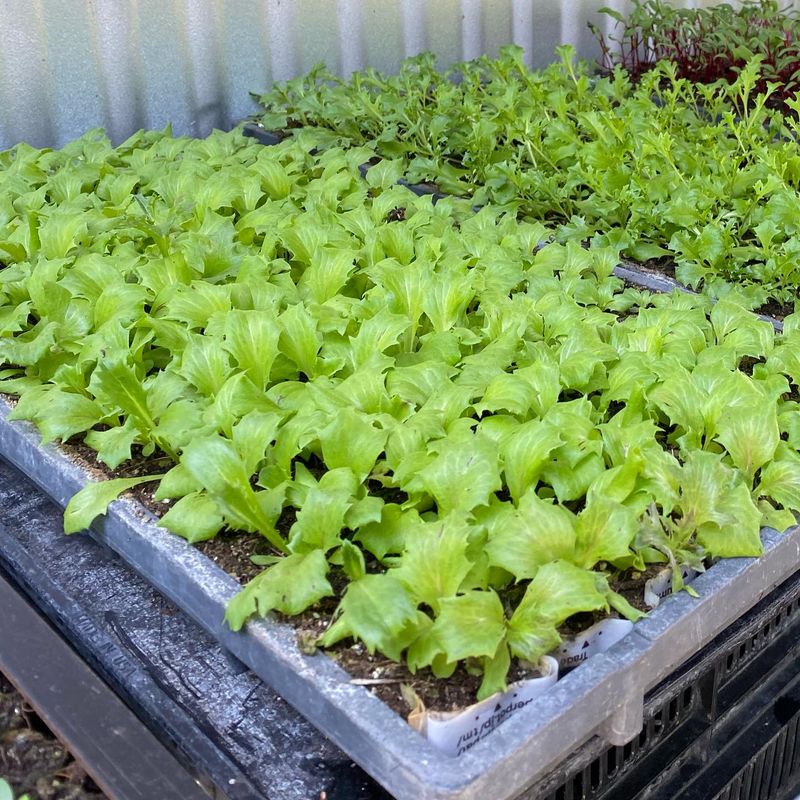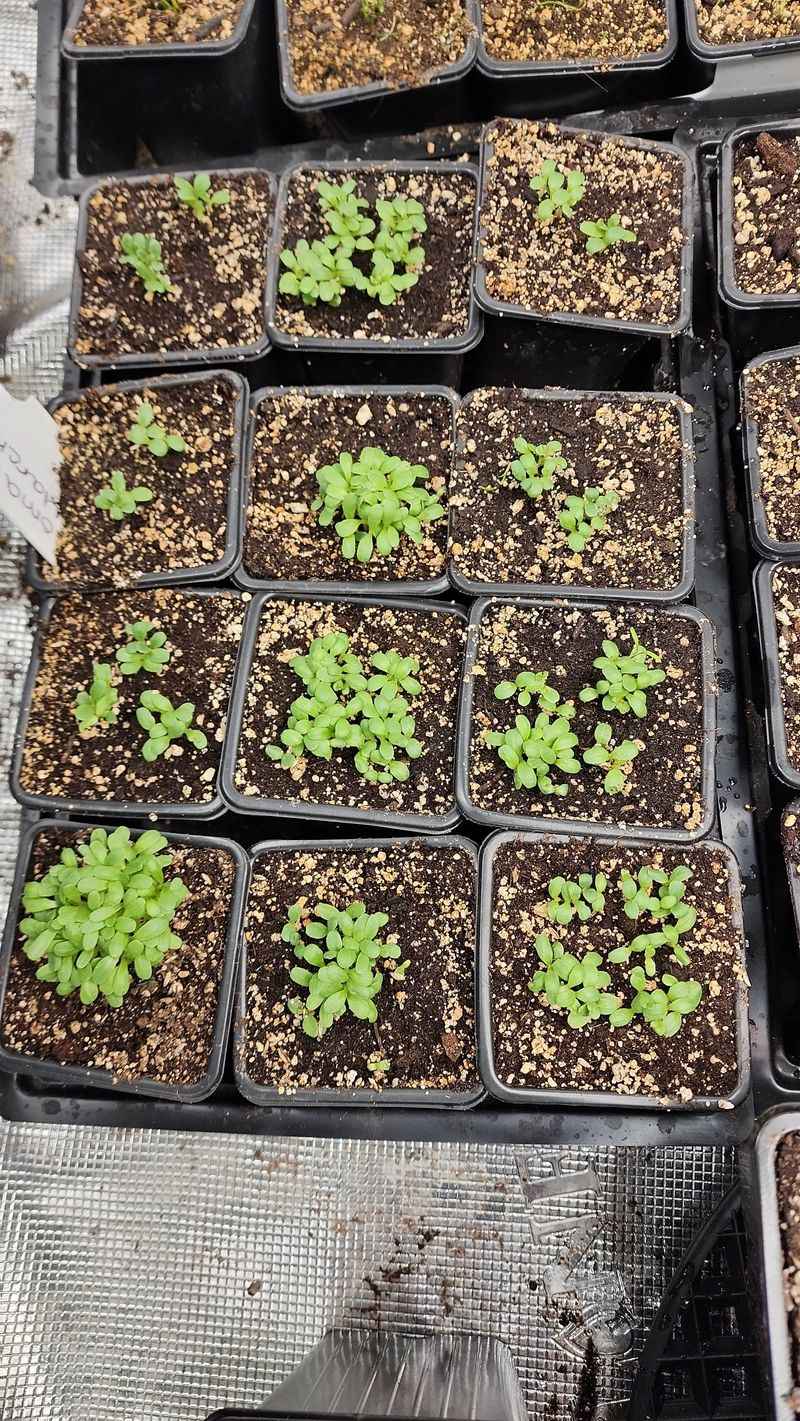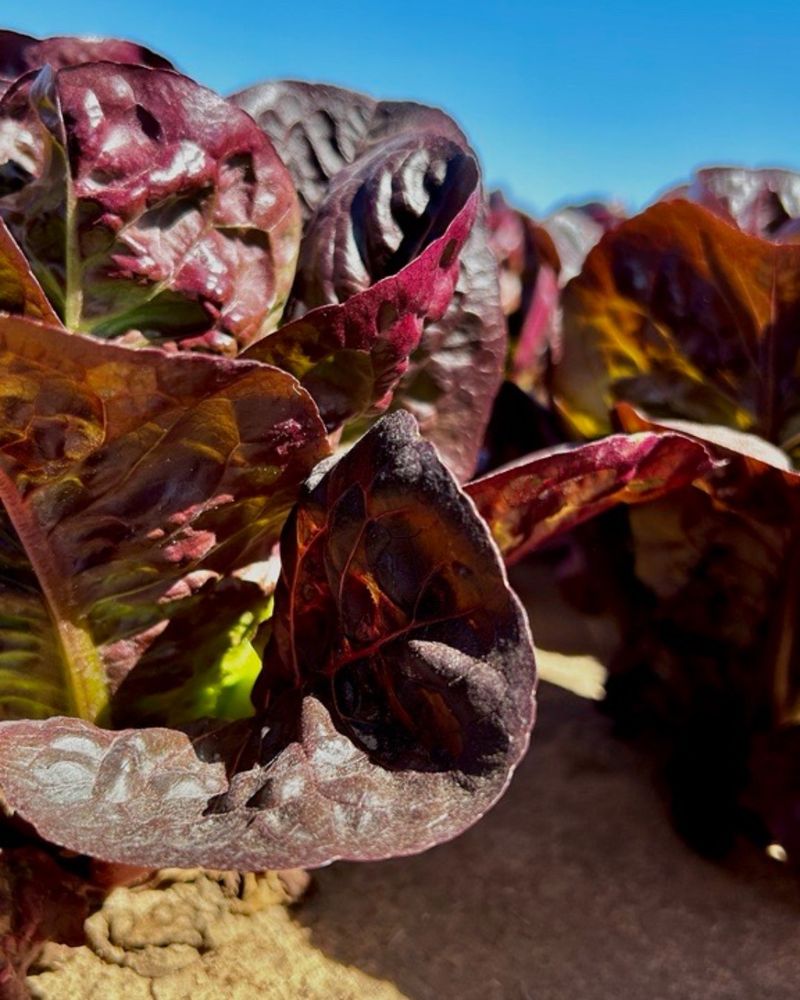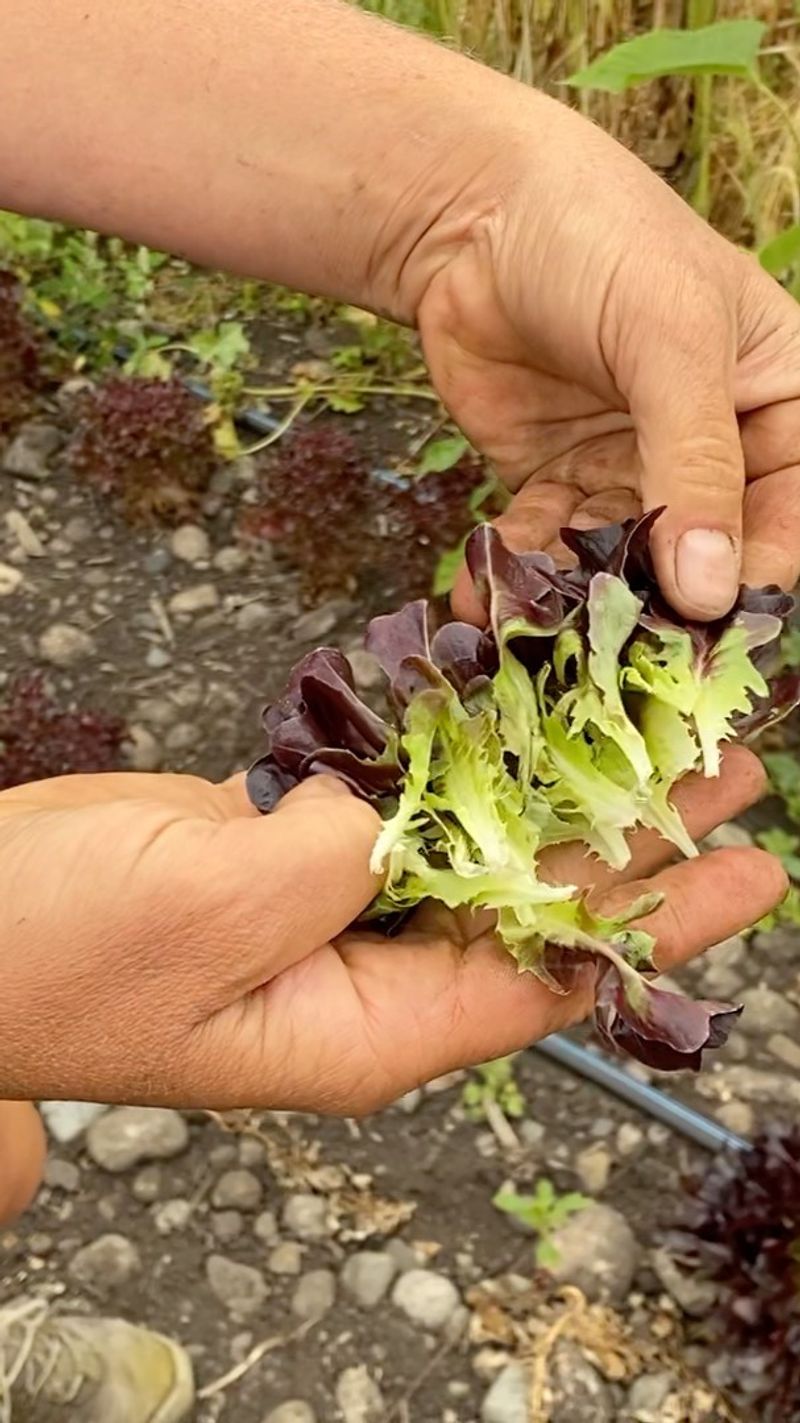Gardening always teaches me something new, and recently, I stumbled on a surprisingly simple trick—ice cubes on lettuce seeds. It sounded odd at first, but I gave it a shot and was genuinely impressed.
This chilled approach helps mimic the cool conditions lettuce seeds love, especially when planting during warmer months. It’s a low-effort, high-reward method that’s now part of my regular planting routine.
1. Temperature Shock Triggers Germination
The cold shock from ice cubes mimics natural winter-to-spring transitions that lettuce seeds experience in the wild. This temperature change acts as a wake-up call for dormant seeds.
Seeds have evolved to recognize these temperature signals as the right time to sprout. I’ve tested this with summer plantings when germination typically struggles, and the difference was remarkable.
The melting ice provides a gradual rather than sudden temperature change, which is gentler on delicate seeds while still providing the necessary cold stimulus.
2. Slow-Release Watering Method
Ice cubes melt gradually, creating a perfect slow-drip irrigation system for your seeds. This prevents the common problem of washing away seeds or drowning them with too much water at once.
The steady moisture release maintains ideal soil conditions for hours. When I tried this method during a particularly hot week, my lettuce seeds had nearly double the germination rate compared to traditional watering.
Small seeds like lettuce need consistent moisture without disturbance, making ice cubes an ideal delivery system.
3. Prevents Soil Disruption
Direct watering with a can or hose often creates mini-floods that displace tiny lettuce seeds. Ice cubes deliver moisture without moving seeds from their carefully placed positions.
Seeds need consistent contact with soil to properly absorb moisture and nutrients. I learned this the hard way after losing an entire row of lettuce seedlings to aggressive watering before switching to ice cubes.
This gentle method works especially well for surface-sown seeds like lettuce that require light exposure to germinate properly.
4. Cooling Effect During Hot Weather
Lettuce seeds struggle to germinate when soil temperatures rise above 75°F. The cooling effect of ice cubes temporarily lowers soil temperature to the ideal germination range of 60-70°F.
This temperature management extends your growing season into warmer months. Last summer, my neighbor couldn’t get any lettuce started in July, while my ice cube method produced perfect rows of seedlings.
The localized cooling creates a microclimate that protects seeds during the critical first days of germination.
5. Breaks Seed Dormancy
Some lettuce varieties develop a natural dormancy that prevents germination in unfavorable conditions. The cold treatment from ice cubes helps break this dormancy mechanism, similar to natural stratification.
This process triggers internal biochemical changes that activate germination hormones. For particularly stubborn heirloom varieties, I’ve found this method cuts germination time by nearly half.
Many commercial growers use similar cold treatments, but ice cubes provide an accessible home garden version of this professional technique.
6. Reduces Fungal Disease Risk
Constant dampness from regular watering can promote fungal growth in warm weather. Ice cubes provide moisture without creating the prolonged wet conditions that fungi love.
The cold temperature temporarily suppresses fungal activity in the soil. I’ve particularly noticed fewer damping-off problems since adopting this method in my seedling trays.
This benefit is especially valuable for lettuce, which is susceptible to several soil-borne diseases that attack during the vulnerable germination stage.
7. Creates Ideal Moisture Gradient
As ice melts, it creates a perfect moisture gradient in the soil, with more moisture at the surface gradually decreasing with depth. This matches exactly what lettuce seeds prefer for optimal germination.
The surface moisture helps soften the seed coat while deeper moisture encourages downward root growth. My gardening journal shows consistently stronger root development in ice-treated seedlings.
This gradient encourages roots to grow downward seeking water, creating stronger plants that are less likely to topple as they mature.
8. Deters Pest Activity
Many seed-eating insects and pests are less active in cooler soil temperatures. The temporary cooling from ice cubes can reduce pest pressure during the vulnerable germination period.
The cold zones created around seeds can discourage soil-dwelling pests from approaching. After losing several plantings to tiny soil insects, this method saved my fall lettuce crop completely.
Even after the ice melts, the brief temperature change disrupts pest feeding patterns long enough for seeds to establish themselves.
9. Increases Oxygen Availability
Cold water holds more dissolved oxygen than warm water. As ice melts, this oxygen-rich water becomes available to germinating seeds, which require oxygen for respiration and energy production.
The increased oxygen promotes faster, more vigorous germination. My side-by-side tests consistently show ice-treated seeds emerging a full day earlier than conventionally watered ones.
This oxygen boost is particularly beneficial in heavy soils where compaction might otherwise limit oxygen availability to developing seedlings.
10. Provides Consistent Moisture Timing
Using ice cubes creates a predictable watering schedule based on melt time. This consistency helps seeds receive moisture at regular intervals without human error or forgetfulness.
The timed-release nature works perfectly with lettuce’s need for steady moisture. During a week-long trip, I kept my seedlings thriving by having a neighbor place ice cubes once daily rather than trying to explain proper watering techniques.
For busy gardeners, this method removes the guesswork from the critical first days of seed development.
11. Enhances Seedling Vigor
Plants exposed to minor stress often develop greater resilience. The mild cold stress from ice cubes can trigger lettuce seeds to mobilize energy reserves more efficiently, resulting in stronger seedlings.
This stress response activates cellular protection mechanisms that benefit the plant throughout its life cycle. The first time I tried this technique, I was amazed at how much more robust the ice-treated seedlings were compared to my regular plantings.
The effect is similar to how athletes build strength through training – a little challenge creates stronger results.
12. Allows Precise Placement Of Moisture
Ice cubes can be positioned exactly where you want moisture without affecting neighboring plants or empty garden spaces. This targeted approach is perfect for succession planting or mixed garden beds.
The controlled melting ensures water goes only where needed. When starting my mesclun mix last spring, I could water newly planted lettuce seeds without disturbing nearby established seedlings.
For container gardens or square foot gardening methods, this precision helps maximize limited space with multiple crops at different growth stages.
13. Creates Beneficial Condensation Effect
As ice melts, it creates a microclimate of increased humidity just above the soil surface. This humid zone helps lettuce seeds absorb moisture through their seed coats more effectively.
The condensation effect mimics the dewy conditions of early spring that lettuce naturally thrives in. In my dry climate garden, this made a substantial difference in germination rates during low-humidity periods.
This localized humidity also helps prevent the soil surface from forming a hard crust that can physically block seedling emergence.
14. Filters Impurities In Water
The freezing process that creates ice cubes naturally filters out some impurities and chlorine present in tap water. This provides cleaner water for sensitive seedlings.
Many municipal water supplies contain chlorine that can inhibit beneficial soil microorganisms. I noticed this benefit accidentally when comparing seedlings watered with ice versus direct tap water – the ice-watered seedlings had noticeably better soil activity.
The freezing process also helps water reach a more neutral pH as some minerals separate during freezing.
15. Mimics Natural Morning Dew
The slow melting of ice cubes replicates the gentle moisture of morning dew that would naturally hydrate seeds in the wild. This mimicry of natural processes aligns with how lettuce evolved to germinate.
Lettuce has adapted over thousands of years to respond to these natural moisture cycles. My grandmother taught me this trick, explaining that the best gardeners work with nature’s patterns rather than against them.
The gradual increase in moisture as morning temperatures rise is perfectly simulated by a melting ice cube.

